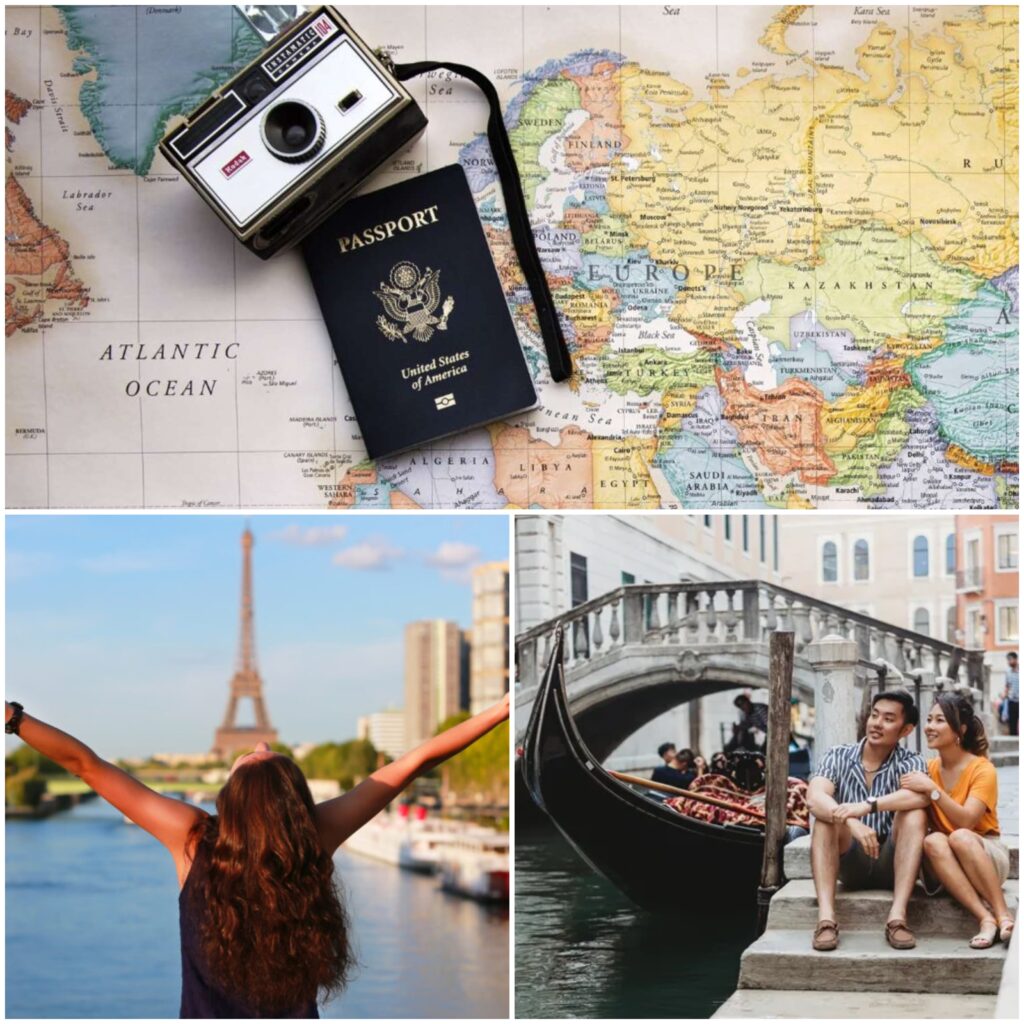If you are wondering easiest visa to get for Europe to obtain then applying for a visa can occasionally seem overwhelming.
Many people have dreamed of visiting Europe because of its stunning scenery, ranging cultures, and rich history.
Let’s explore some of the easiest ways to get a visa to enter Europe.

Which is the easiest visa to get for Europe?
1. Schengen Visa
Perhaps the most common choice for tourists and easiest visa to get for Europe is the Schengen Visa. It permits travel into any of the 26 Schengen Area member states in Europe.
- Application Process
The procedure is not too complicated. The consulate or embassy of the country that you want to visit first requires you to fill out an application form, submit supporting documentation (such as proof of lodging, a travel schedule, and proof of your financial ability), and show up for an interview.
Duration: Schengen visas are usually granted for visits of no more than 90 days during a 180-day period.
2. Short-stay Visa for a Specific Country
Applying for a short-stay visa directly from the embassy or consulate of the country you hope to visit is an option if you only want to visit one European country.
- Application Process
Just like with the Schengen Visa, you will have to submit supporting documentation along with an application. An interview is typically part of the process as well.
Duration: The length of time that can be spent there will vary based on the laws of the country at hand.
Read: Is It Easy to Get Student Visa for France?
3. Visa-Free Entry for Certain Nationalities
Certain nationals of those countries are not required to have a visa to enter Europe for brief visits. This exemption covers visits with family and friends, business travel, and tourism.
- Application Process
Application for a visa is not necessary for holders of eligible passports. You might still be required to fulfill particular requirements for entry, like having a current passport and enough cash for your entire stay.
Duration: Usually, visa-free stays are only allowed for a set amount of days (up to 90 days in a 180-day period).
4. Work and Study Visas
For individuals who plan to work or study in Europe, work and study visas are the easiest visa to get for Europe and provide an alternative entry path, but one that is more difficult to obtain than tourist visas.
- Application Process
These visas typically involve a more present application process and call for additional documentation, like employment verification or acceptance into a study program.
Duration: These visas have different expiration dates based on the particular situation and the laws of the country that issued them.

5. Residence Permits
If one plans on staying in Europe for an extended length of time, a residence permit might be required.
- Application Process
A residence permit may require proof of nationality, like employment or family ties, and the application process may be more involved than for a short-stay visa.
Duration: Longer stays may be permitted with a residence permit, frequently for the aim of employment, education, or family reunion.
Final Note
The procedure for the easiest visa to get for Europe may appear complicated, but, based on your travel itinerary and situation; there are a few fairly simple options.
For short trips that extend to several countries, the Schengen Visa is frequently the most straightforward; yet, citizens of some countries may be able to enter without a visa.
Work permits and residence permits, among other visa categories, might be necessary for lengthier stays or particular objectives like study or employment.
For the easiest visa to get for Europe, make sure you thoroughly investigate the requirements and make plans under them.